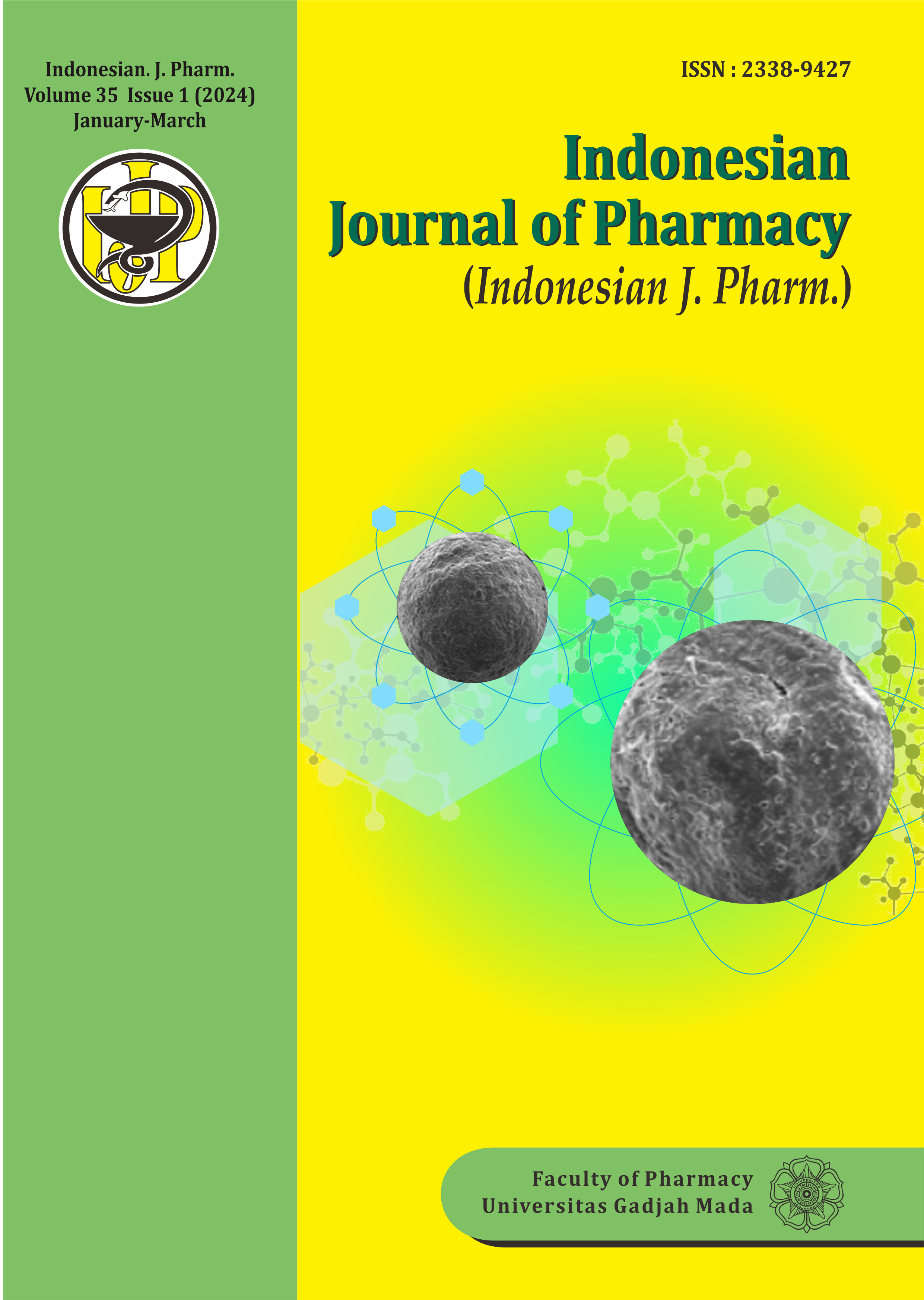Empirical Studies Assessing the Perceptions and Knowledge of Medicine in Mongolia: A Nationwide Population-Based Study
Abstract
The availability and affordability of medicine is an essential issue in any population globally, and drug regulatory agencies need the information to prevent an unforeseen matter and take necessary decisions by relevant agencies so that medicine will be available at an affordable price. Moreover, it is also essential to assess the consumer perception of patterns and knowledge about medicine use, subject to perception bias and belief bias. The current study examines consumers’ perceptions of medicine availability, medicine spending, affordability of medicine, patterns and knowledge of medication use. A nationwide cross-sectional study was performed in Mongolia. The survey consists of nineteen closed-ended questionnaire items. The manuscript has presented according to The Strengthening the Reporting of Observational Studies in Epidemiology (STROBE) guidelines on the cross-sectional study. A total of seven thousand five hundred and thirty-two (n=7532) had participated in the study. 46.3% of the study population consider the quality during buying of medicine. The average spending of medicine per month in Mongolia is 4.00 USD-17.00 USD/= per month. A large percentage of the population (47.8%) has skipped buying prescription drugs due to affordability issues. 47.4% of the population believe that the price of the drug sold in the market is expensive. A surprisingly 56% of study population indicate that the pharmacy does not have enough type and stock of drug. The study population (40.4%) does not have enough awareness about falsified medicine, and 30.4% cannot buy discounted medicine covered by the health insurance fund. A considerable percentage of the population (74.2%) take medicine according to doctor instructions and is firmly in favour of the government to regulate the drug prices (79.9%). The current study showed consumers’ perception, pattern, knowledge and affordability about medicines. The results indicate a lack of education by the healthcare providers on falsified medicine, the financial burden of medicine on the population, and the unavailability of different medicine stock.
References
2. Mongolia NS office of. Mongolian Statistical Information Service. https://www.1212.mn/default.aspx. Accessed August 17, 2021.
3. Baatarkhuu O, Gerelchimeg T, Munkh-Orshikh D, Batsukh B, Sarangua G, Amarsanaa J. Epidemiology, Genotype Distribution, Prognosis, Control, and Management of Viral Hepatitis B, C, D, and Hepatocellular Carcinoma in Mongolia. Euroasian J Hepato-Gastroenterology. 2018;8(1):57. doi:10.5005/JP-JOURNALS-10018-1260
4. Erdenee O, Narula IS, Yamazaki C, Kameo S, Koyama H. Mongolian Health Sector Strategic Master Plan (2006‐2015): A foundation for achieving universal health coverage. Int J Health Plann Manage. 2019;34(1):e314-e326. doi:10.1002/hpm.2651
5. World Health Organization. Questions and Answers on Universal Health Coverage.; 2015.
6. UN. Sustainable Development Goals.; 2015. https://www.un.org/pga/wp-content/uploads/sites/3/2015/08/120815_outcome-document-of-Summit-for-adoption-of-the-post-2015-development-agenda.pdf. Accessed August 2, 2021.
7. Dorjdagva J, Batbaatar E, Svensson M, Dorjsuren B, Togtmol M, Kauhanen J. Does social health insurance prevent financial hardship in Mongolia? Inpatient care: A case in point. Goli S, ed. PLoS One. 2021;16(3):e0248518. doi:10.1371/journal.pone.0248518
8. Dorj G, Sunderland B, Sanjjav T, Dorj G, Gendenragchaa B. Drug pricing and reimbursement decision making systems in Mongolia. J Pharm Policy Pract. 2017;10(1):11. doi:10.1186/s40545-017-0098-6
9. Current health expenditure (% of GDP). The World Bank. https://data.worldbank.org/indicator/SH.XPD.CHEX.GD.ZS?locations=MN. Accessed August 2, 2021.
10. Miller AD. Current Mining Taxation Policy Implemented by both Mongolia and Kazakhstan: The Development Comparatives between Ulaanbaatar and Astana. Bus Ethics Leadersh. 2019;3(2):39-52. doi:10.21272/bel.3(2).39-52.2019
11. Caudron J-M, Ford N, Henkens M, Macé C, Kiddle-Monroe R, Pinel J. Substandard medicines in resource-poor settings: a problem that can no longer be ignored. Trop Med Int Heal. 2008;13(8):1062-1072. doi:10.1111/j.1365-3156.2008.02106.x
12. Newton PN, Green MD, Fernández FM. Impact of poor-quality medicines in the ‘developing’ world. Trends Pharmacol Sci. 2010;31(3):99-101. doi:10.1016/j.tips.2009.11.005
13. What Is Health Literacy? Center for disease control and prevention. https://www.cdc.gov/healthliteracy/learn/index.html. Published 2021. Accessed August 2, 2021.
14. Munkhtogoo D, Nansalmaa E, Chung K-P. The relationships of health literacy, preferred involvement, and patient activation with perceived involvement in care among Mongolian patients with breast and cervical cancer. Patient Educ Couns. May 2021. doi:10.1016/j.pec.2021.05.010
15. Chimedtseren M. Survey of Medicine Prices, Availability, Affordability and Price Components in Mongolia.; 2012.
16. Dorj G, Hendrie D, Parsons R, Sunderland B. An evaluation of prescribing practices for community-acquired pneumonia (CAP) in Mongolia. BMC Health Serv Res. 2013;13(1):379. doi:10.1186/1472-6963-13-379
17. von Elm E, Altman DG, Egger M, Pocock SJ, Gøtzsche PC, Vandenbroucke JP. The Strengthening the Reporting of Observational Studies in Epidemiology (STROBE) Statement: Guidelines for reporting observational studies. Int J Surg. 2014;12(12):1495-1499. doi:10.1016/j.ijsu.2014.07.013
18. Noun M, Nasr L, Khan I, Arafat B, Assi S. Knowledge and perspectives of the public towards the prevalence and harm associated with counterfeit medicines in Lebanon. Emerg Trends Drugs, Addict Heal. 2021:100019. doi:10.1016/j.etdah.2021.100019
19. Khurelbat D, Dorj G, Sunderland B, et al. A cross-sectional analysis of falsified, counterfeit and substandard medicines in a low-middle income country. BMC Public Health. 2020;20(1):1-9. doi:10.1186/s12889-020-08897-x
20. Teni FS, Workye M, Admasu S, et al. Clients expectations from and satisfaction with medicine retail outlets in Gondar town, northwestern Ethiopia: a cross-sectional study. Integr Pharm Res Pract. January 2015:1. doi:10.2147/IPRP.S75819
21. Kim YJ, Aslam MS, Fahim SM, Khan WA, Qian L. Consumer’s Satisfaction with Community Pharmacies in Sindh, Pakistan. J Res Pharm Pract. 2021;10(2):78-82. doi:10.4103/jrpp.JRPP
22. Larson LN, Rovers JP, MacKeigan LD. Patient Satisfaction With Pharmaceutical Care: Update of a Validated Instrument. J Am Pharm Assoc. 2002;42(1):44-50. doi:10.1331/108658002763538062
23. Kamei M, Teshima K, Fukushima N, Nakamura T. Investigation of Patients’ Demand for Community Pharmacies: Yakugaku Zasshi. 2001;121(3):215-220. doi:10.1248/yakushi.121.215
24. Mohamad Azmi H FS. A National Survey on the Use of Medicines (Nsum) By Malaysian Consumers.; 2012.
25. Al-Gedadi NA, Hassali MA, Shafie AA. A pilot survey on perceptions and knowledge of generic medicines among consumers in Penang, Malaysia. Pharm Pract. 2008;6(2):93-97. doi:10.4321/S1886-36552008000200006
26. Gammie SM, Rodgers RM, Loo RL, Corlett SA, Krska J. Medicine-related services in community pharmacy: public preferences for pharmacy attributes and promotional methods and comparison with pharmacists’ perceptions. Patient Prefer Adherence. 2016;10:2297. doi:10.2147/PPA.S112932








